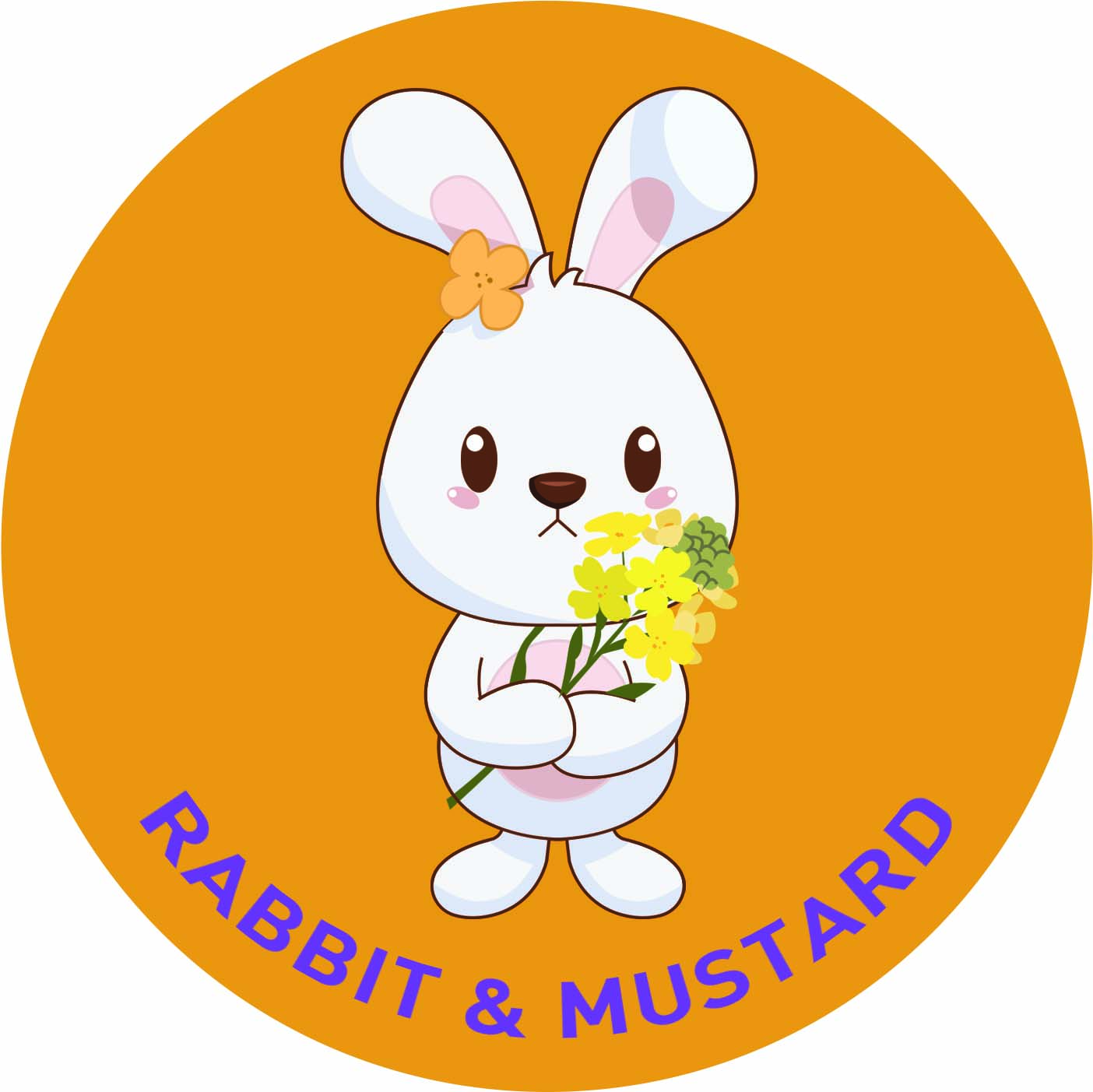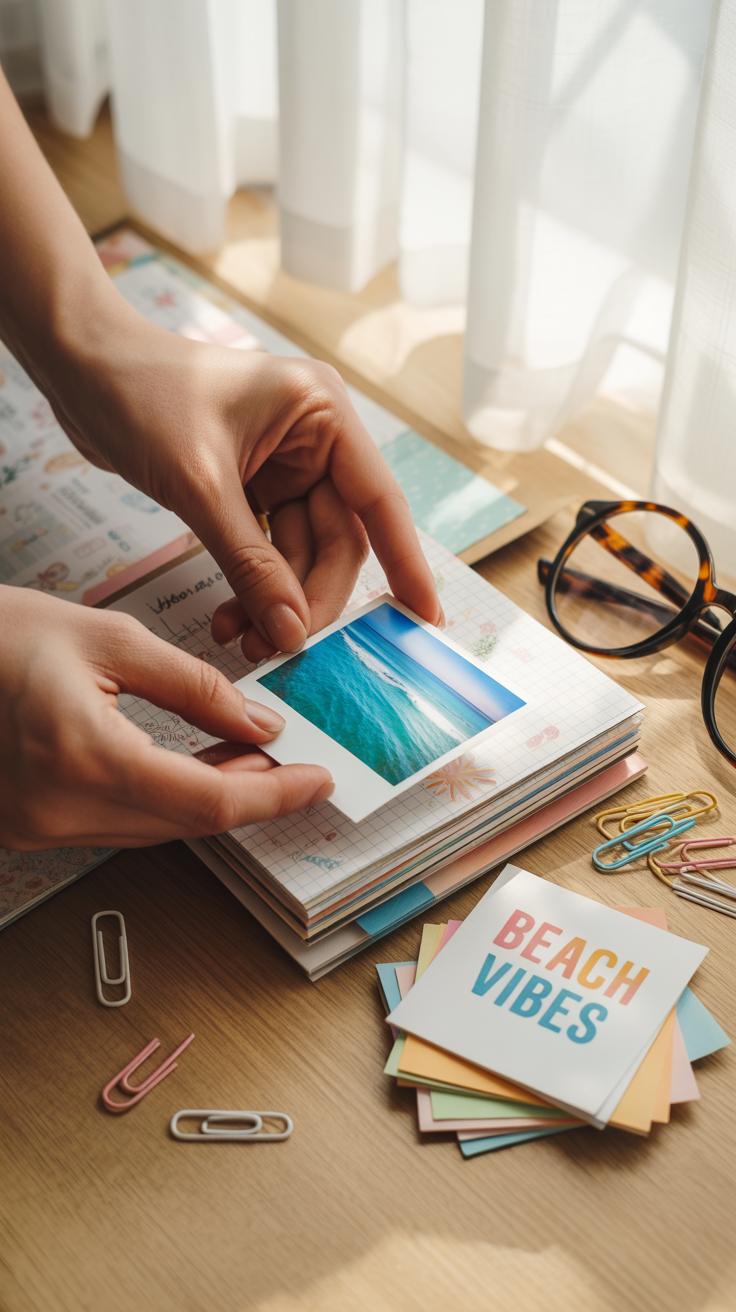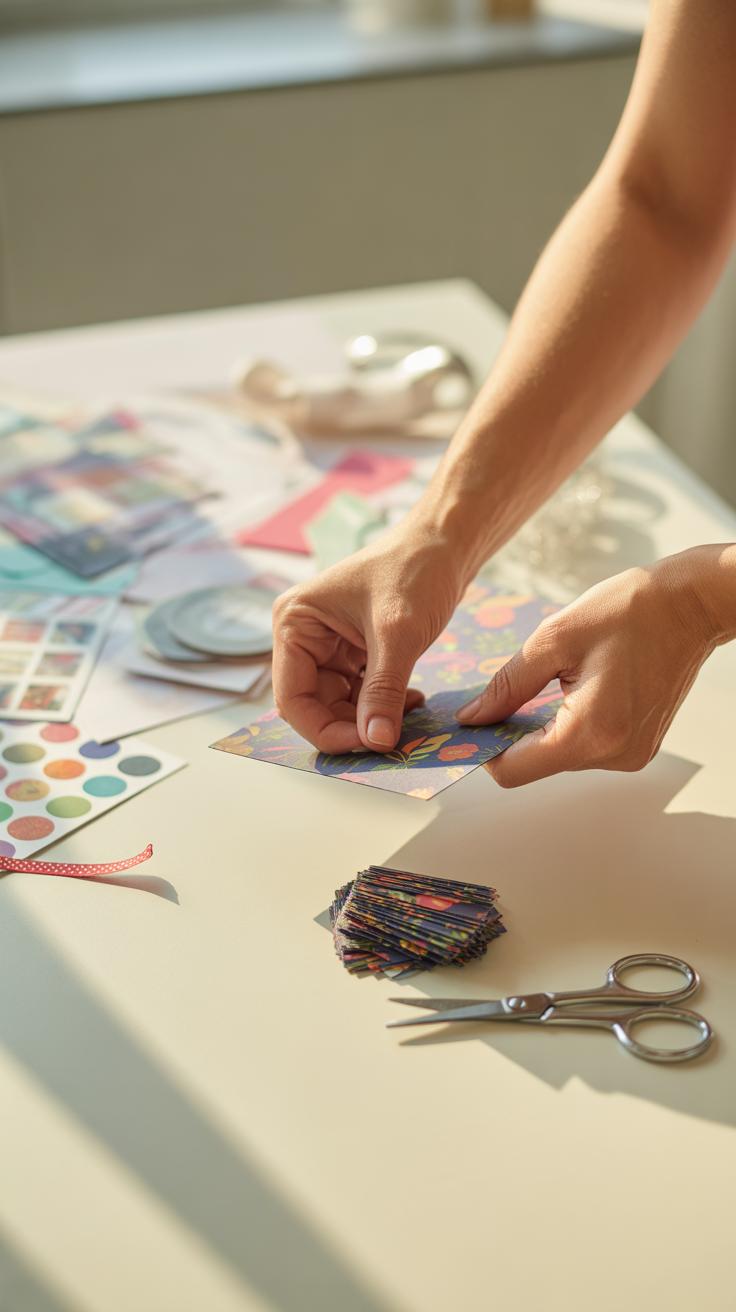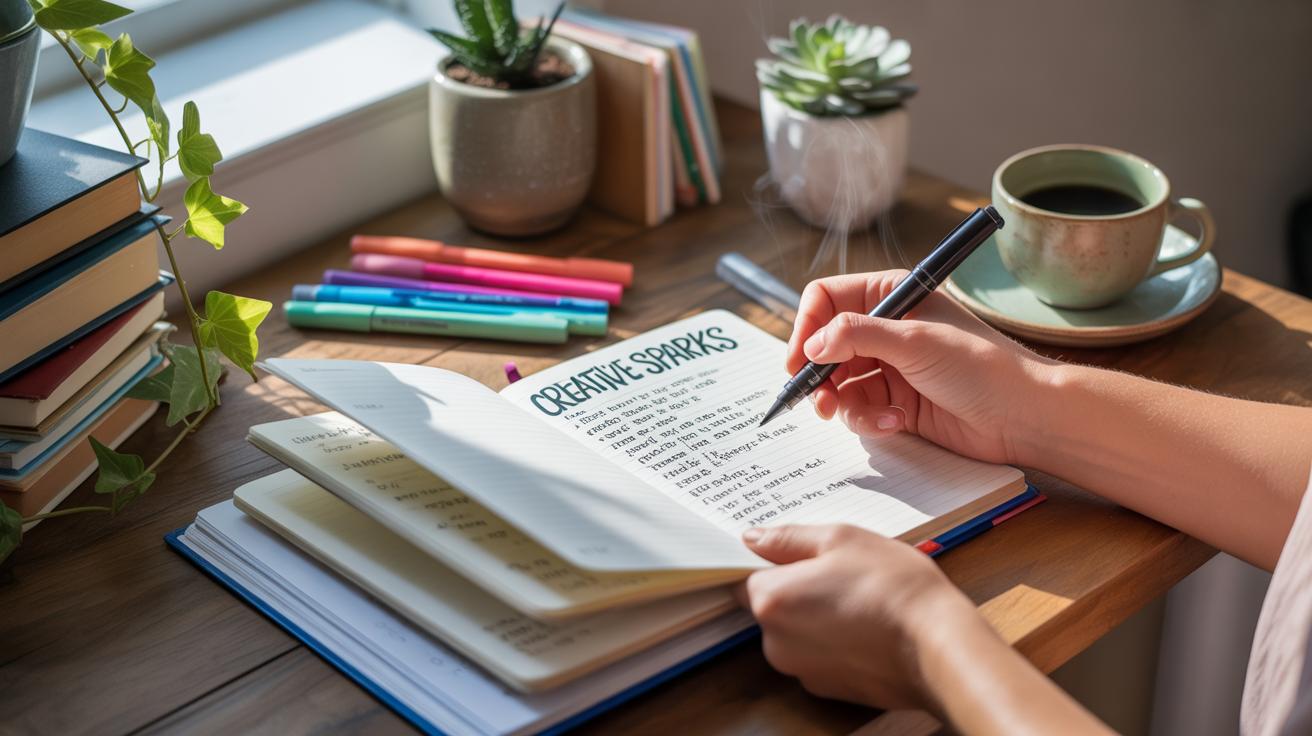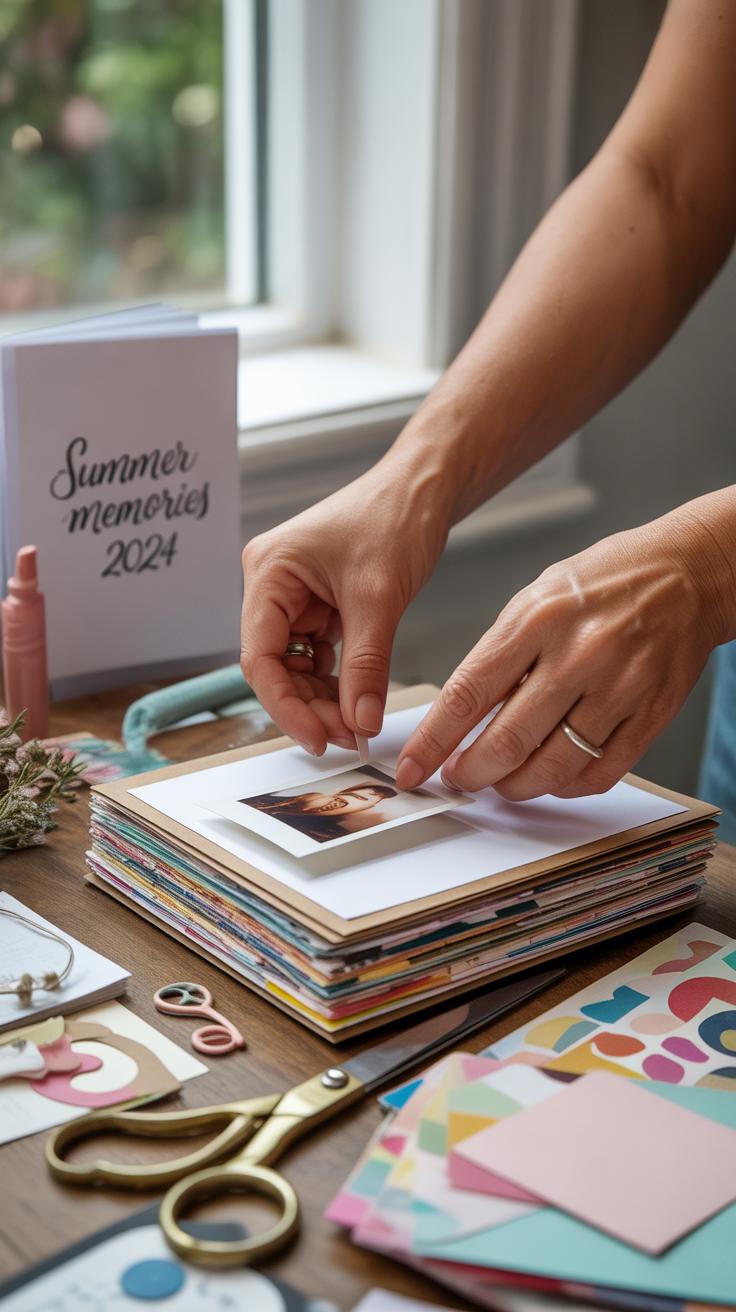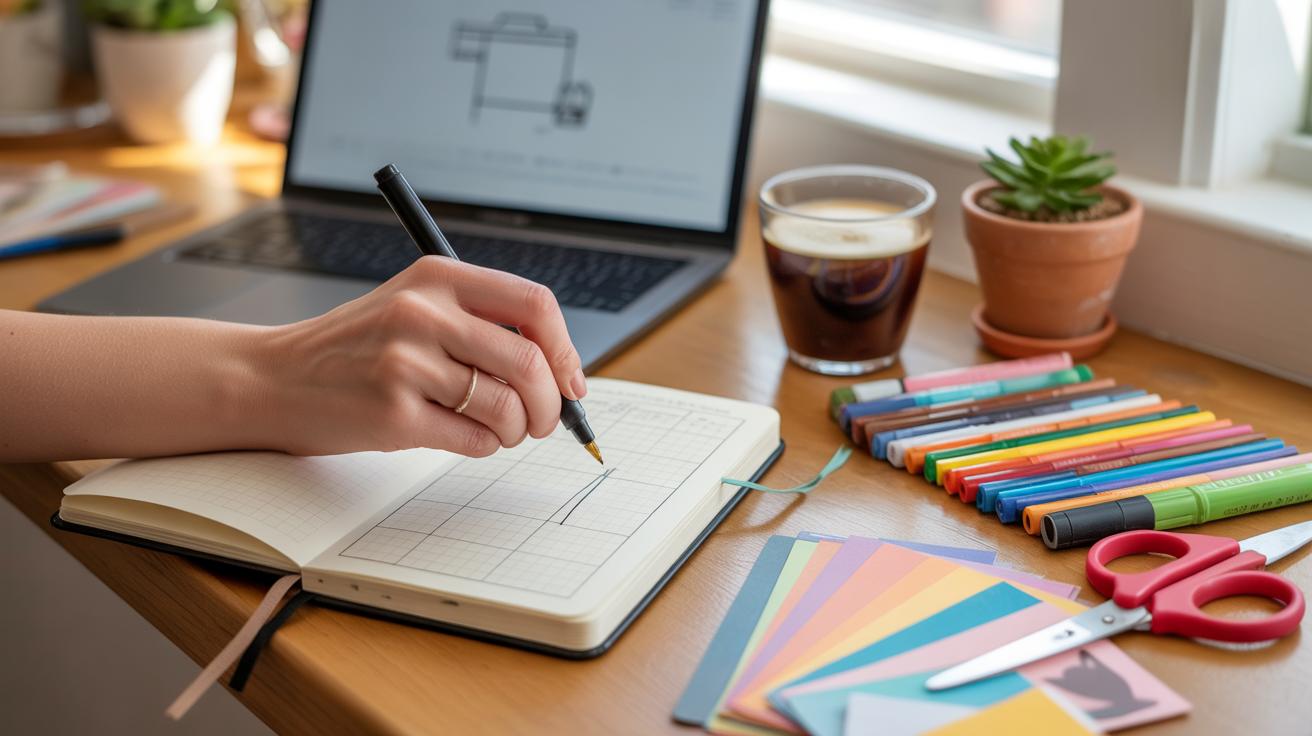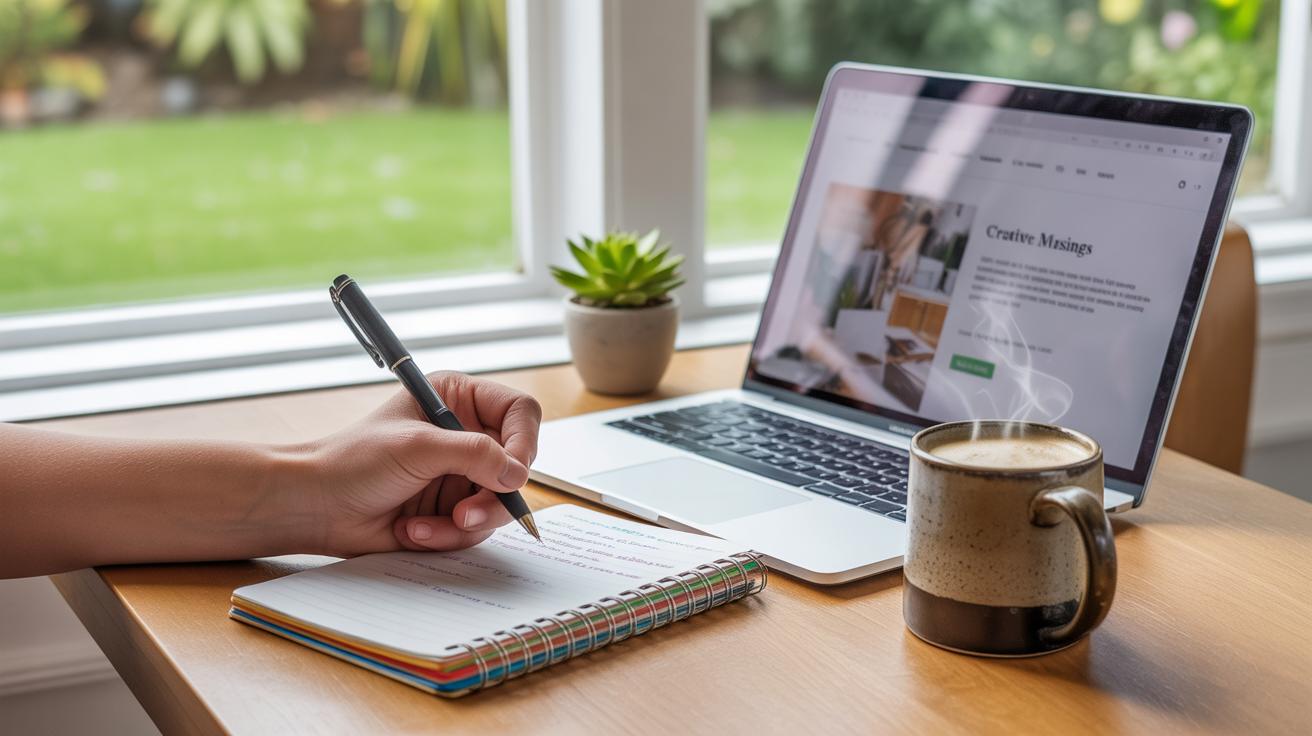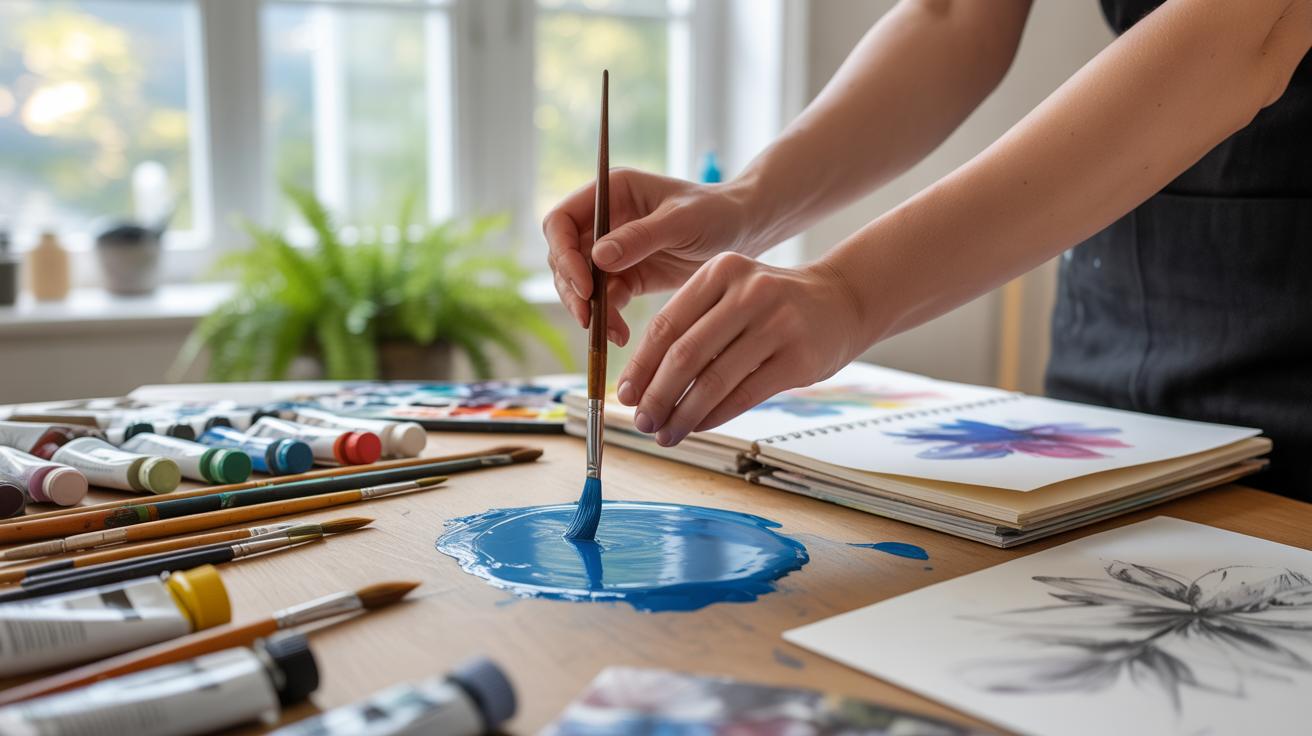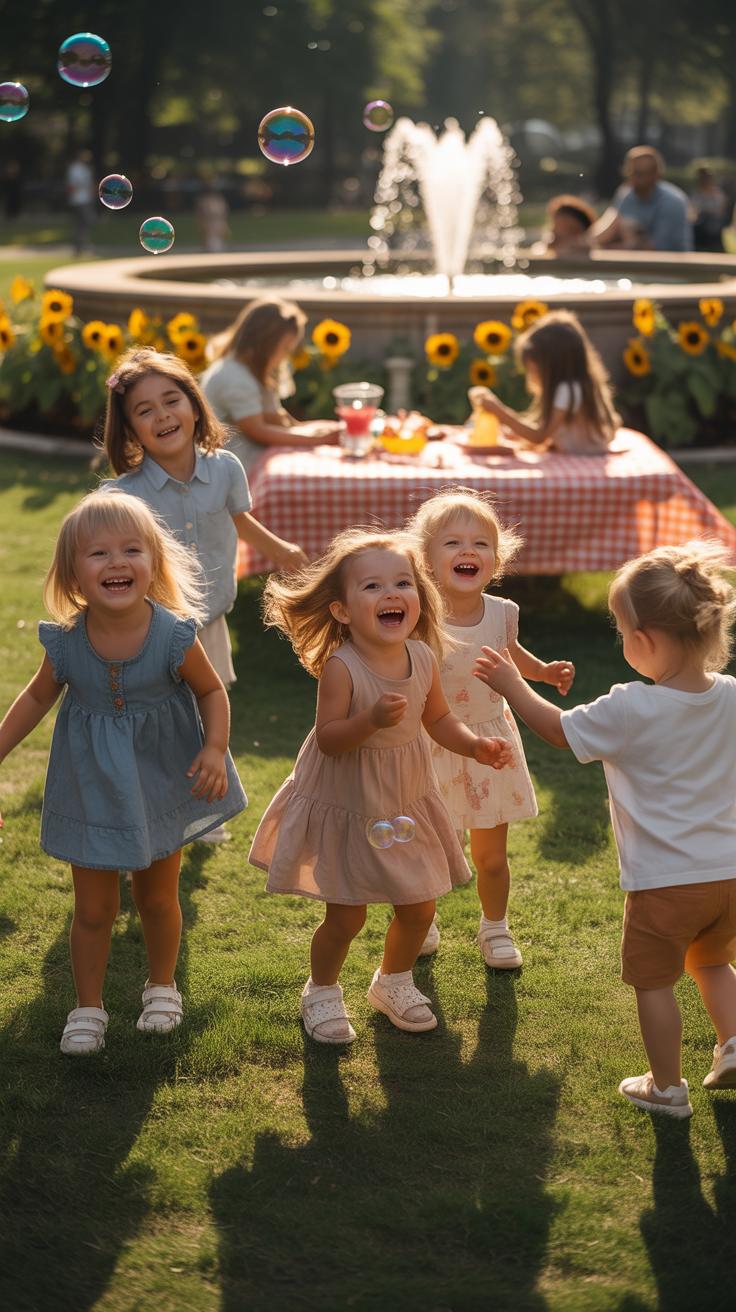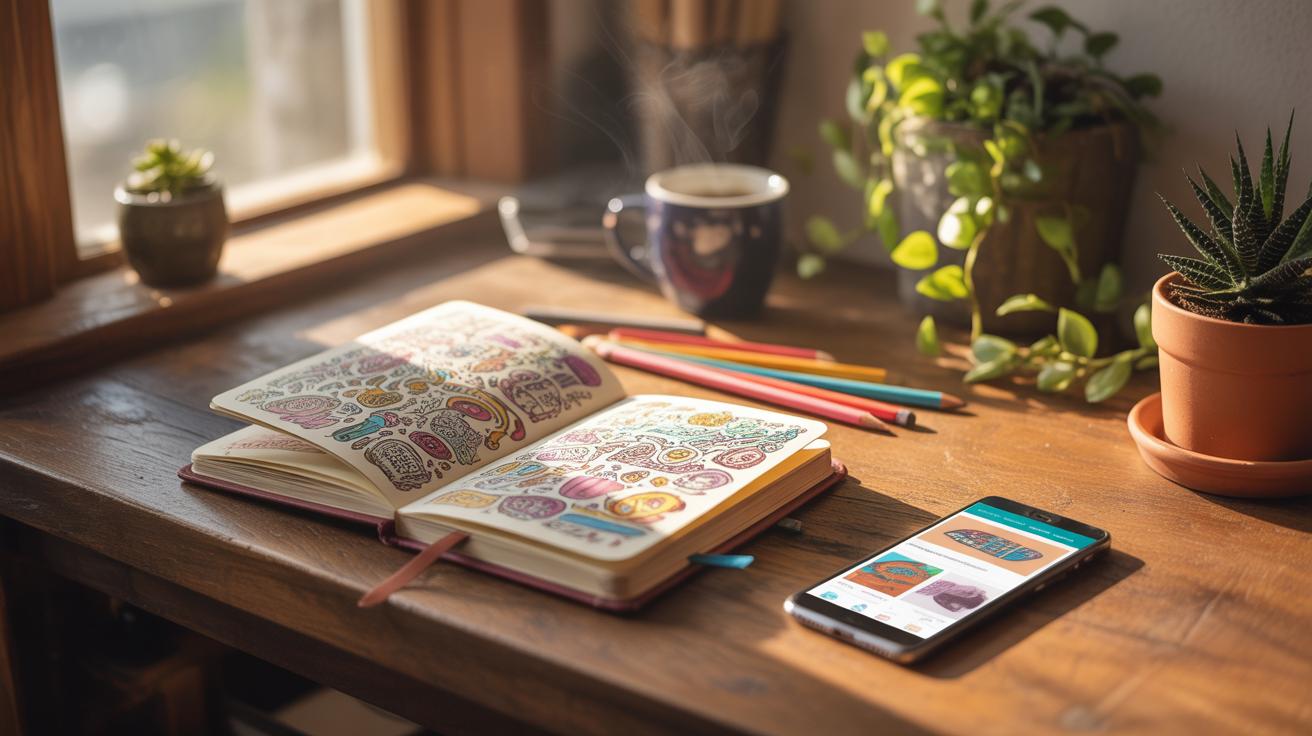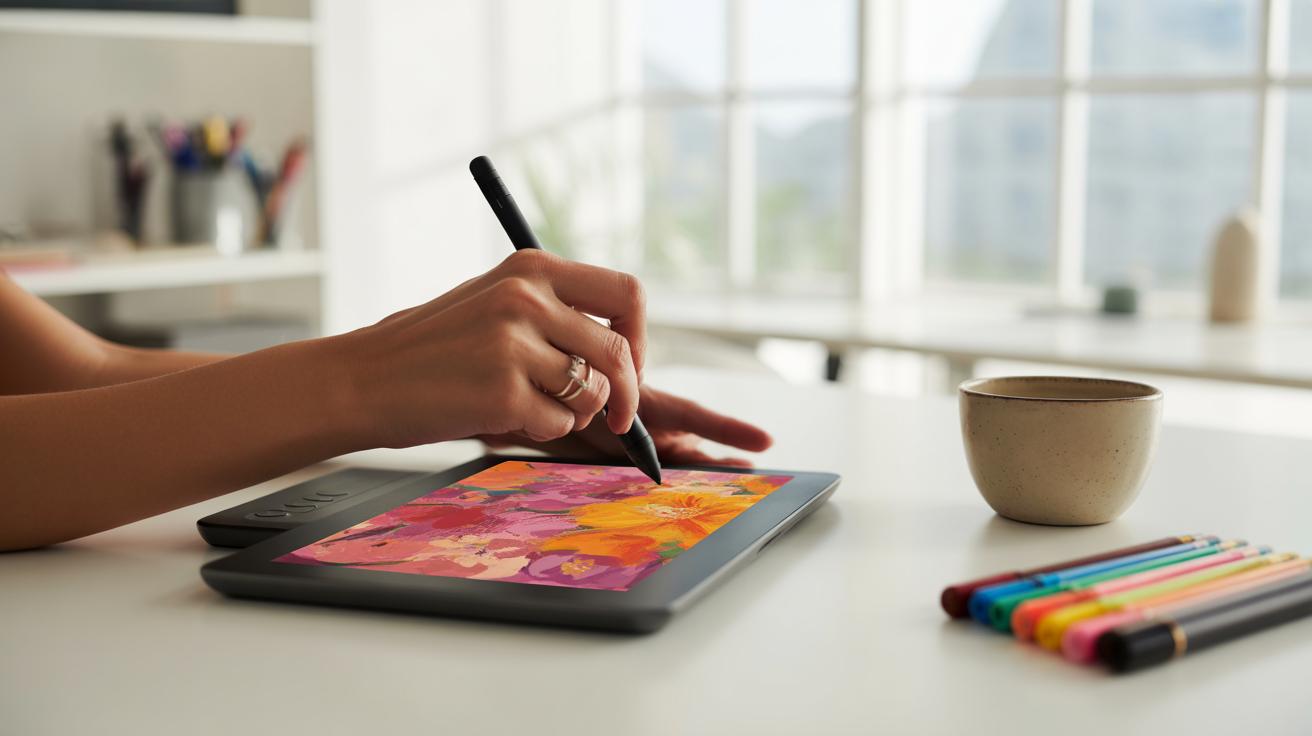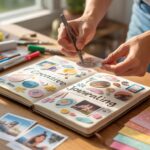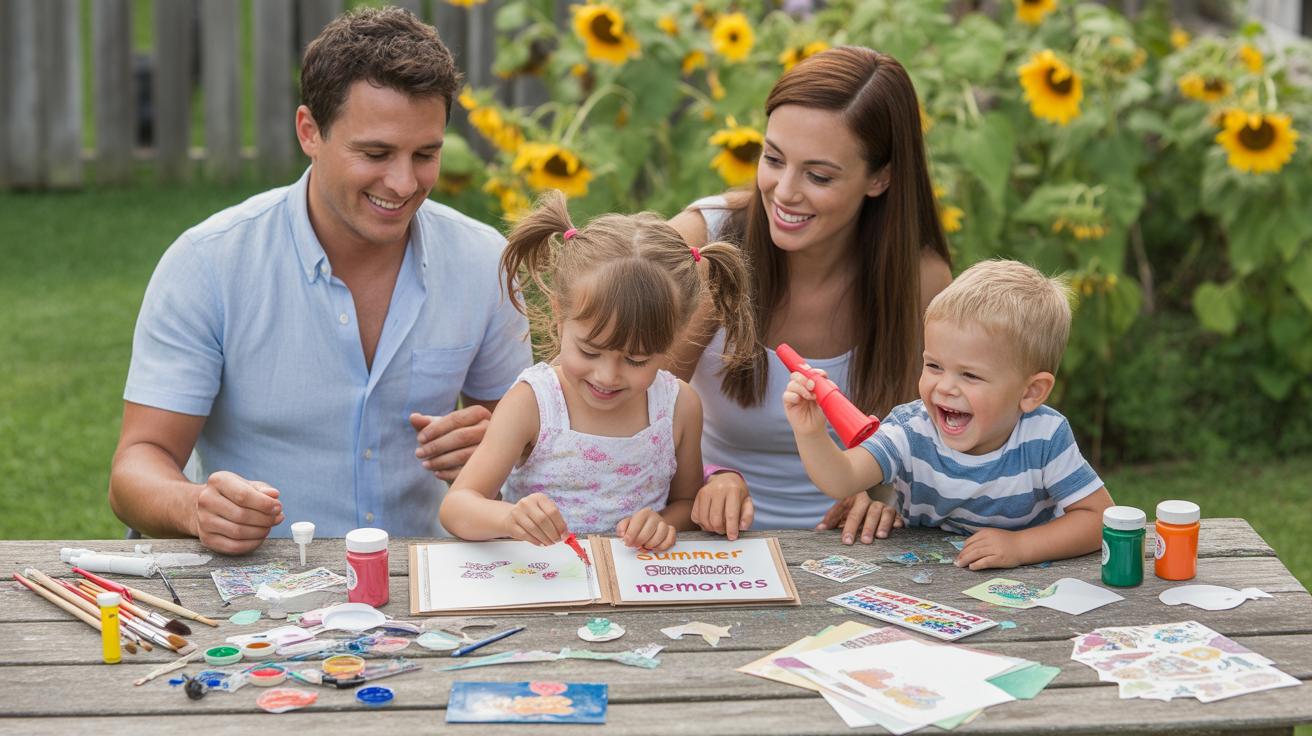
Summer Scrapbook Ideas for Creative and Fun Memories
Introduction
Summer is a bright time filled with long days and many adventures. Creating a summer scrapbook is a fun way to keep those memories alive. You can collect photos, tickets, postcards, and other items that remind you of your special moments. A summer scrapbook lets you tell your story in a personal and colorful way.
This article explores many ideas to help you start and fill your summer scrapbook. You will learn how to plan your book, pick the right supplies, organize pages, and add creative touches. Whether you want to save memories of your vacations, family time, or outdoor fun, these tips will make your scrapbook a true treasure.
Why Make a Summer Scrapbook
Creating a summer scrapbook is more than just putting photos on pages—it’s a way to hold onto moments that might slip away otherwise. When you look back at those pictures, it’s easy to forget the little details: the smell of sunscreen, the sound of waves, or the way your friends laughed that day. A scrapbook helps you capture not just the image but the feeling, the mood, and the story behind each summer memory.
There’s something meaningful about choosing what to keep and how to show it. It turns fleeting parts of your summer into something tangible. Perhaps you don’t always realize how important these memories become until you revisit them. Suddenly, those seemingly ordinary days feel worth remembering—maybe even more than your big events.
Plus, scrapbooking is an outlet for creativity that mixes crafting with memory keeping. You get to experiment with colors, layouts, and materials while also organizing your thoughts and experiences. Sometimes it’s just relaxing to sit down with your supplies and photos, no pressure to make it perfect. This mix of reflection and artistic expression can be surprisingly satisfying, even if you’re new to it.
Gathering Summer Memories
When collecting items for your summer scrapbook, think beyond just photos. It’s those small objects—tickets, postcards, maybe a pressed flower from a hike—that really bring moments back to life. For example, movie stubs from a summer flick, ferry tickets from a day trip, or even a restaurant receipt can spark memories you might forget otherwise.
What captures summer best? You might want to keep:
- Photos of beach days, sunsets, or silly candid moments.
- Maps and brochures from places you visited.
- Postcards sent to or from friends and family.
- Pressed leaves or flowers collected along a trail.
- Tickets from movies, fairs, museums, or concerts.
- Handwritten notes or menus from favorite eateries.
When it comes to organizing these keepsakes, don’t just shove everything into a drawer. At least, not right away. Sort items by day, event, or theme—whatever makes sense to you. Using envelopes or small folders to keep similar things together can work well, especially if your collection grows quickly.
Sometimes I find it helps to lay everything out on a table. Seeing everything physically often gives me a better sense of what stands out and what feels less important. Maybe you’ll notice a pattern or a unique story emerging from what you’ve gathered.
Picking Supplies for Your Scrapbook
Choosing the right scrapbook is a little trickier than it sounds. You’ll want something sturdy enough to hold photos, ticket stubs, and the odd postcard without buckling. Usually, a medium-sized scrapbook—think around 12 by 12 inches—works well. It’s big enough for creative layouts but won’t feel like a chore to handle. Spiral-bound books offer the flexibility to add pages or rearrange them, but a classic bound book keeps everything neat and compact. I’ve tried both and found that spiral ones can get bent up in backpacks, so think about how and where you’ll keep your book.
As for basic tools, consider these staples:
- Scissors: Not just any pair—sharp and quite precise. I have a pair just for scrapbooking because the detail cuts matter.
- Glue or adhesive tape: A glue stick works well for papers, but something like double-sided tape keeps photos flat and clean.
- Markers and pens: Different colors, fine tips for journaling and doodling, maybe even some metallic ones for that summer shine.
- Stickers and washi tape: These add personality to your pages, but go easy—too many decorations can look cluttered.
- Photo corners: These are handy when you want to keep photos removable or add an old-school touch.
- Ruler: For straight edges or grid lines when you want structure.
Think about what you like most. Are you someone who keeps it simple or do you want to layer lots of textures? In the end, it’s about collecting supplies that inspire you to keep going. Don’t buy every fancy gadget out there. Start with these basics and see where your creativity takes you.
Planning Your Scrapbook Layout
When it comes to arranging your summer scrapbook, the way you plan the pages really shapes the story you want to tell. Think of it as giving your memories a path to follow, but that path doesn’t have to be perfectly straight. Sometimes, a loose sequence works just as well as a strict order.
You might wonder whether to organize your scrapbook chronologically or by theme. Chronological pages go through your summer day by day or event by event. This approach helps anyone flipping through the book to experience your memories as they happened. It’s straightforward, clear, and often very satisfying.
On the other hand, themed pages gather moments connected by a common element—beach days, hikes, or backyard barbecues. This method lets you dive deeper into the mood or feel of each subject, even if it breaks the time flow a bit. Sometimes you want to concentrate on the joy of your camping trip even if it happened at different points in the summer.
Balancing photos and text deserves its own focus. Too many pictures with no explanation can leave the story half-told. Too many words can overwhelm the images. A few captions or short notes that capture feelings, funny incidents, or surprising details often do the trick. Like that time your ice cream melted too fast, or that sunset that wasn’t planned but turned magical. Little notes breathe life into photos.
Try mixing up the layout too—chunky photo collages with small, handwritten captions on one page, and a single, striking picture paired with a longer note on another. Don’t be afraid to leave some pages with almost no text because, honestly, some photos speak quietly but loudly on their own.
So, would you prefer the flowing story of a summer day by day? Or the mood-based snapshot of themed pages? The answer might be both, depending on what feels right for your memories.
Creative Decoration Ideas
Using Stickers and Stamps
Stickers and stamps bring a lively touch to summer scrapbook pages. They are quick to use but can completely change the mood of a layout. Think about selecting stickers that reflect summer elements—like seashells, ice cream cones, or sunglasses. Stamps work well if you want a more understated or vintage effect. I once used a set of beach-themed stamps to frame photos, and it gave the pages a charming, handmade vibe without looking cluttered.
Try layering stickers for depth or using stamps with different ink colors. Some stamps add texture, too, especially if you press unevenly or mix inks. Maybe you’ll find that using them casually feels more natural than aiming for perfection. You don’t have to cover every blank spot—sometimes less really is more when it comes to stickers and stamps.
Incorporating Natural Elements
Including natural materials can add unexpected texture and a real sense of place. Leaves, flowers, or even a bit of sand glued to the page introduce a tactile quality that photos alone can’t capture. I tried drying small wildflowers while on a summer hike and pressing them between pages—every time I open the scrapbook, it brings back fresh memories of that day.
Not every natural element needs to be perfectly preserved. A crumpled leaf or a slightly faded flower can evoke the feeling of summer fading, which fits nicely with the scrapbook’s story. You might also sprinkle a little sand along the edges of your pages, sealing it carefully to avoid mess. It’s worth experimenting if you want to bring some of the outdoors inside your book, though it’s fine to keep it minimal too. What’s your comfort level with nature’s unpredictability on your pages?
Adding Personal Touches
Making a summer scrapbook truly yours means weaving in elements beyond photos and decoration. Personal writing can transform a page from pretty to meaningful. Think about jotting down quick notes—what you felt that day, a funny moment, or even a line of dialogue from a conversation. These little snippets don’t need to be perfect or long; sometimes a few words capture the mood better than a detailed story.
What about including keepsakes? Tickets from a summer concert, pressed flowers from a park, or even a small piece of wrapping paper from a gift can add texture and history. These tangible items evoke a sense of time and place that pictures can’t always hold onto.
Mixing in your own drawings offers a unique layer of personality. You don’t have to be an artist. A simple sketch of a sun, waves, or a favorite ice cream can brighten a page and make it more expressive. These hand-drawn touches sometimes help you reflect, maybe even surprise you with what you remember—or forget—about that day. Have you tried adding your own doodles? It’s kind of fun, and it breaks up the usual layout.
Writing captions and short stories can bridge moments in a way photos alone rarely do. Try capturing a feeling or a small detail that might fade with time. You could write a few sentences about what happened right before the photo was taken or what you hoped the summer might bring. Does that help you connect with your memories more deeply? It often does for me.
Encourage yourself to keep it casual and authentic. Your scrapbook doesn’t need to be polished. What makes it special is your voice and touch—raw and real, just like summer memories themselves.
Preserving Your Summer Scrapbook
Using Acid-Free Supplies
When working on your summer scrapbook, choosing acid-free paper and glue makes a significant difference. Acid-free materials slow down the yellowing and deterioration that commonly happen to photos and paper items over time. I remember using regular paper once, and years later, the edges were brittle and discolored—quite disappointing.
Acid in paper causes that breakdown because it releases chemicals that attack the fibers. So, switching to acid-free means your photos stay clearer and your writing won’t fade as fast. Even the glue matters; acidic adhesives can damage photos and memorabilia by seeping into them. Sticking with acid-free glue keeps everything intact and prevents sticky messes that show up years after you finish your project.
Storage Tips
How you store your scrapbook can save or spoil all that effort. Light exposure — especially sunlight — fades photos and colors. Try to keep your scrapbook in a drawer or a box, somewhere dark and cool. Moisture is another enemy. Damp environments encourage mold or warping, and that’s just a terrible fate for your memories.
If you’re like me and sometimes forget about these things, a sturdy, lidded box works well. Keep it away from windows or humid spots, like basements or bathrooms. Dust can also settle on pages and cause slow damage, so keeping your scrapbook closed and clean adds an extra layer of protection.
Does storing your project feel overwhelming? You could rotate its display occasionally, but just make sure you don’t leave it out in direct light for too long. Preserving your summer scrapbook means thinking about it long after the fun memories have been glued in place.
Sharing Your Summer Scrapbook
Once your summer scrapbook is complete, you might wonder how to share it beyond just showing it around at family dinners. There are plenty of ways to let others experience those memories with you, and some might feel more natural than others depending on who you want to reach.
Gift Ideas
Giving a scrapbook as a gift can be really special. Think about gifting it to a parent, grandparent, or a close friend who shared in those summer moments or who might enjoy seeing them from a fresh perspective. Personalize the cover or include little notes in the margins for extra meaning.
You could also tailor the scrapbook for specific occasions. For example, a birthday or anniversary might be a great time to present it, making it feel like a keepsake instead of just a photo album. Sometimes, handing it over in person adds a warmth that photos on a screen just can’t match.
Creating Digital Versions
If you want to share your scrapbook more broadly, digital copies or online albums work well. You can scan pages or take clear photos, then upload them to cloud services or photo-sharing platforms. This lets people flip through your memories at their own pace, and it’s especially handy for loved ones far away.
There’s also the option to create a slideshow or even a simple video that highlights key pages. This can be fun to send alongside the physical book or independently if you prefer something easy to access. Digital versions often open up conversations too — you might get comments, questions, or stories shared back, which can add new layers to your memories.
Have you thought about which way feels right for you? Sometimes I find the tactile experience of a scrapbook hard to replace. But digital sharing can spread joy in ways the paper book alone can’t. Maybe try both, see which feels more satisfying. There’s no perfect answer here, just what works for your circles and your story.
Planning Future Scrapbooks
You’ve wrapped up your summer scrapbook and maybe shared it around. But what comes next? Scrapbooking doesn’t have to be a one-off thing. In fact, thinking ahead can keep your creative flow steady—and that’s probably where the real fun begins.
Start by imagining what you might want to capture beyond summer. Maybe fall colors, winter holidays, or spring blooms? Events like birthdays, anniversaries, or trips offer fresh storylines. You don’t have to pick grand themes; even a “week in my life” scrapbook can be surprisingly rewarding. Sometimes the small, everyday stuff makes the best keepsakes.
Setting realistic goals can help, too. For example:
- Complete one scrapbook page a week
- Finish a mini album every season
- Dedicate a couple of hours each weekend to scrapbooking
These goals don’t need to be rigid. If life gets busy, that’s fine—just gently nudging yourself now and then can lead to steady progress. I’ve found that having a loose plan keeps me coming back without feeling pressured.
So, what ideas spark your interest? Maybe experiment with new materials or try a theme you hadn’t considered before. Planning ahead makes it easier to collect photos and mementos as you go, instead of scrambling later.
Do you think you’ll stick with scrapbooking year-round? Or is it more a seasonal hobby? Either way, if you build some structure around your scrapbooking, it might surprise you how much extra enjoyment—and memories—you create.
Conclusions
Summer scrapbooking offers a rewarding way to save your special times. By gathering your favorite items and arranging them creatively, you build a unique record of your experiences. This process is creative and personal, giving you a chance to reflect and share your stories with others.
Using the ideas and methods shared here, you can start your own summer scrapbook and enjoy the process as much as the results. Each page you create becomes a snapshot of your summer, helping you remember happy days for years to come. Your scrapbook will be a joyful keepsake filled with your brightest summer memories.
